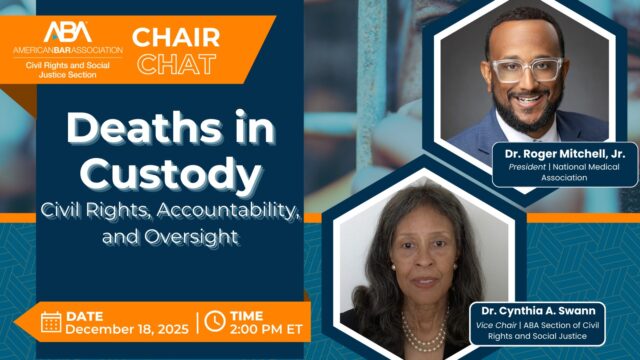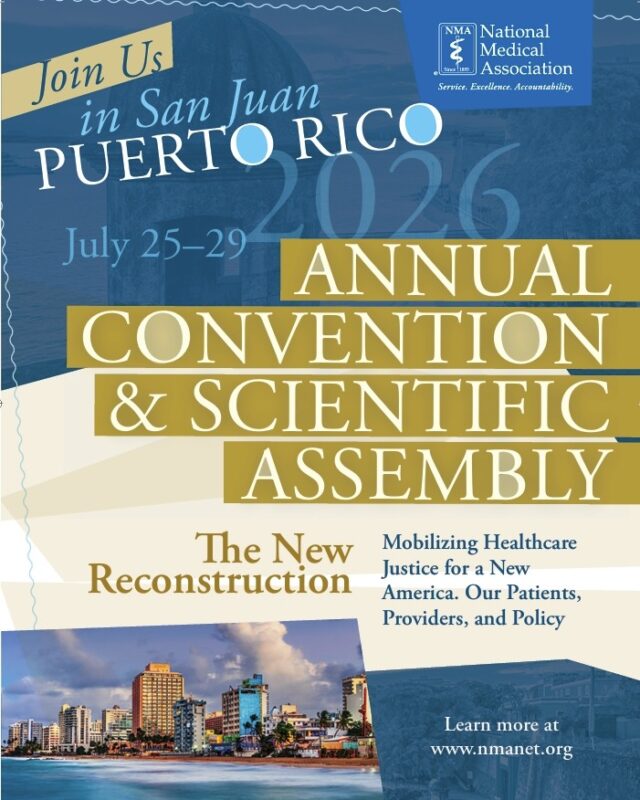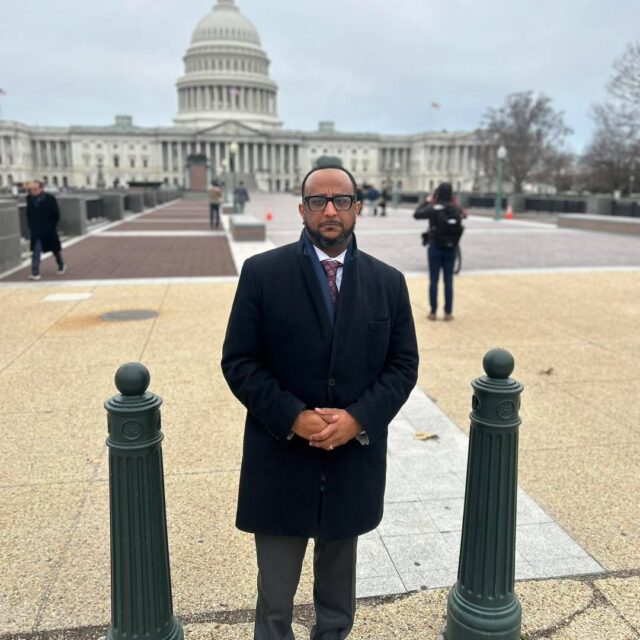September 2024
The Honorable Charles E. Schumer The Honorable Mike Johnson
Majority Leader Speaker of the House
United States Senate United States House of Representatives
Washington, DC 20510 Washington, DC 20515
The Honorable Mitch McConnell The Honorable Hakeem Jeffries
Minority Leader Minority Leader
United States Senate United States House of Representatives
Washington, DC 20510 Washington, DC 20515
Dear Majority Leader Schumer, Minority Leader McConnell, Speaker Johnson, and Minority Leader Jeffries,
As we approach the expiration of the Community Health Center Fund (CHCF) on December 31, 2024, the undersigned signatories – including national health care organizations, state primary care associations, community health centers, and other stakeholders – write to urge you to reauthorize the CHCF with a robust investment as part of any end-of-year funding package.
We respectfully request that the CHCF be reauthorized at no less than $5.8 billion per year for at least 3 years. Sustained, increased funding will allow community health centers to continue serving their patients, while simultaneously contending with a series of unprecedented financial challenges. We are grateful that members on both sides of the aisle supported a short-term funding increase for the CHCF earlier this year, but a long-term reauthorization has not been enacted since 2019. Without stable funding, CHCs struggle to serve the increasing need in their communities, employ a skilled healthcare workforce, and support critically needed projects and service expansions.
The Health Center Program is the nation’s largest primary care network, serving:
- Over 31 million patients in 2023, an increase of 2.7 million people since 2020, of whom 90% have incomes less than 200% of the federal poverty level,
- 1 in 8 of our nation’s children, and
- 7 million patients in rural areas.[1]
Unfortunately, federal funding is not keeping up with the increased need communities are facing as the nation contends with overlapping mental health, substance abuse, and maternal health crises and local emergencies like hurricanes, wildfires, and tornadoes. Health centers are masterful at stretching scarce resources to the absolute limit, but they are at a point where they cannot stretch their resources any further to meet the needs of their communities. As mandatory and discretionary funding for community health centers have remained relatively flat, health centers are also reeling from the Medicaid redetermination process, historic inflation, an ongoing health care workforce shortage, and the continued erosion of 340B program savings. In addition, median operating margins for the nation’s community health centers stand at only 3.5 percent, making increased federal funding even more vital.[2]
Funding for the CHCF has a demonstrated return on investment. According to a Congressional Budget Office report issued in February 2024, care provided at community health centers lowers federal spending for Medicaid and Medicare through decreased utilization of services in emergency departments, inpatient hospital settings, and for costly outpatient services.[3] In 2021, community health centers were estimated to have saved a total of $25.3 billion for the Medicaid and Medicare programs.[4]
Community health centers also serve as economic engines for under-resourced neighborhoods. A study by Capital Link has shown that for every dollar of federal funding invested in community health centers, $11 is generated in total economic activity through increased spending on related health service expenses, food services, transportation, construction, and more.[5] This is especially important in rural communities where health centers are often the largest employer and serve as a key economic engine in otherwise under resourced communities.
Not only do community health centers have a proven track record of quality, savings, accountability, and positive economic impact, they are the breeding ground for invaluable innovation to drive further savings and better health outcomes, all while responding to the localized needs of their community. The Health Center Program is a shining example of a vital federal investment with localized control and impact, as well as massive system-wide returns in the form of improved health, economic development, and fewer health disparities in otherwise underserved communities.
Congress has the opportunity to set the nation’s largest primary care network on the right course for the future. Again, we urge you to reauthorize the Community Health Center Fund for no less than $5.8 billion per year for at least 3 years.
Thank you for your consideration.
Sincerely,
<Signatories>
CC: The Honorable Bernie Sanders, Chair, Senate Health, Education, Labor, and Pensions (HELP) Committee
The Honorable Bill Cassidy, M.D., Ranking Member, Senate Health, Education, Labor, and Pensions (HELP) Committee
The Honorable Cathy McMorris Rodgers, Chair, House Energy and Commerce Committee
The Honorable Frank Pallone, Jr., Ranking Member, House Energy and Commerce Committee
[1] https://bphc.hrsa.gov/about-health-center-program/impact-health-center-program
[2] Peter Shin, Feygele Jacobs, and Rebecca Morris. Community Health Centers in Financial Jeopardy Without Sufficient Federal Funding. Geiger Gibson Program on Community Health at George Washington University, 2024. Accessed at https://geigergibson.publichealth.gwu.edu/community-health-centers-financial-jeopardy-without-sufficient-federal-funding#footnote2_bi3obad.
[3] Congressional Budget Office Cost Estimate. S. 2840, Bipartisan Primary Care and Health Workforce Act, February 6, 2024. https://www.cbo.gov/system/files/2024-02/s2840.pdf.
[4] Robert Nocon, Kaiser Permanente Bernard J. Tyson School of Medicine. Testimony on Community Health Centers: Saving Lives, Saving Money before the United States Senate Committee on Health, Education, Labor and Pensions Committee. March 02, 2023. Accessed at https://www.help.senate.gov/imo/media/doc/Testimony-Nocon-CHCs%202023-0228_Final.pdf.
[5] National Association of Community Health Centers (NACHC). Health Centers Provide Cost Effective Care, 2015. Accessed at http://nachc.org/wpcontent/uploads/2015/06/Cost-Effectiveness_FS_2015.pdf.








